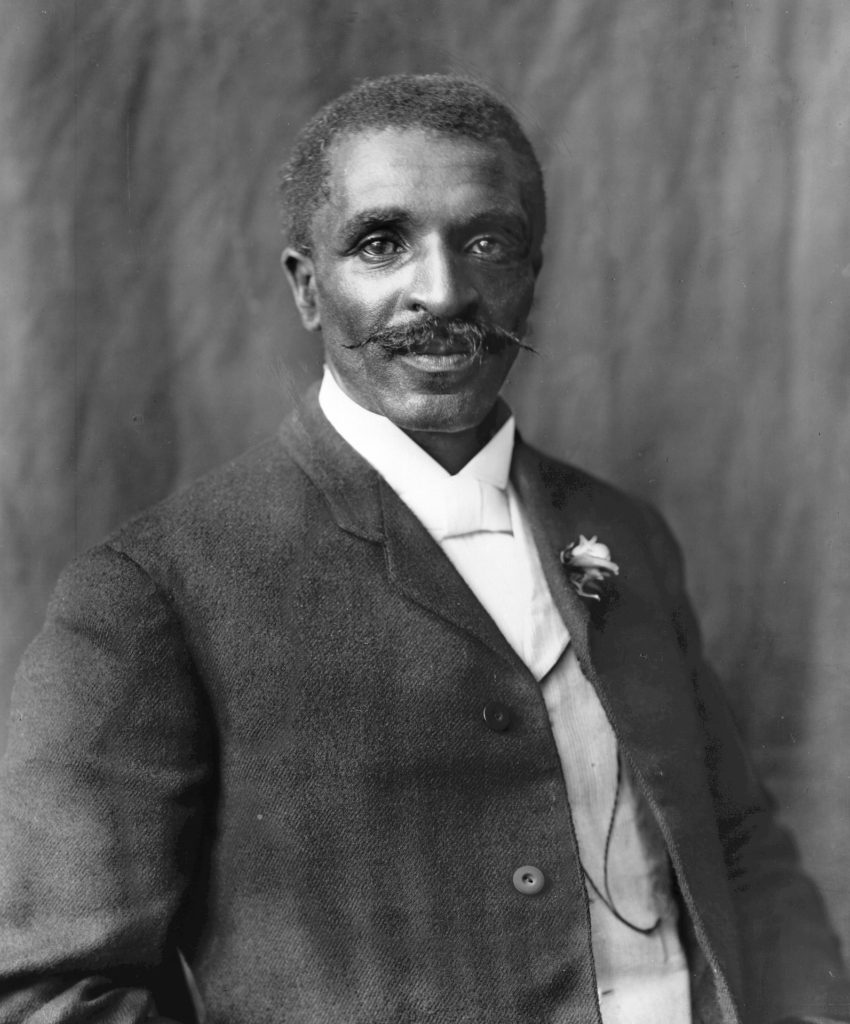We visited the World Food Prize today. The World Food Prize is an award of prestigious honor presented to those who have made significant advances scientifically and technologically in agriculture. I had the capacity to appreciate the work that has been done and the steps that were taken the move closer to ending world hunger. I start to things get a little problematic with the presentation of the founder of the award, Norman Borlaug. Borlaug was an American Agronomist who dedicated his research and work to find ways to bring better agricultural practices that would in turn help feed people who suffer from starvation. Borlaug was being painted as man who just came in and fixed all the food problems in these nations full of Black and Brown people. As an English major I love rhetoric and symbols. The imagery that recognition of powers like this do is inherently make solutions to the global problems like this white. It can be very toxic to outsiders who do not have full access to entire histories or bodies of work that recognize all of the powers at work. The World Food Prize does a little damage control because they have a whole room dedicated to other winners of the prize. This is an award that has international reach, so there are people from all over the world that get recognized by the organization. There was also beautiful art that recognized other individuals of color that have played a role in the World Food Prize. There were two amazing mosaics of World Food Prize Laureates; Dr. M.S. Swaminathan of India who won the first prize and Dr. Evangelina Villegas of Mexico the first female laureate.
The most problematic, to me, was the huge recognition of George Washington Carver while also having a tip of the hat to Thomas Jefferson in the same building. Carver is a famous Black agriculturalist that had success in growing and making products out of peanuts. What is also significant about Carver is that he was a former slave who eventually found freedom and had the opportunity to attend Iowa State University. The homage to Thomas Jefferson is so small that many could possibly miss it. In one room of the World Food Prize there were the notable names of people from distant history who would have been recognized for their agricultural achievements had the award been around then. I find extremely insensitive for the organization to recognize a slave owner, Jefferson, while simultaneously appreciating the work of Carver, a former slave. The brutal history that Jefferson holds is harmful to the history and impact of Carver. Besides, after Jefferson returned to America from France with new seeds for crops, who was really doing the planting?
I say all of this to simply say, stories and narratives are important, and how we tell them are even more crucial. It is the responsibility of historians and scholars to present fair and equitable history. I say equitable because there have been some voices that have be silenced for long times. It would be enough at this point to just start adding in the lost voices. These stolen voices deserve there own books, there own museums, their own guides/specialists. That is when recovery happens and representation is obtained. It is not just a matter of telling the story, but letting those who have experienced the erasure have the space to step into their truth, their story and tell it.
How does this fit in with farming? Well there are issues surrounding agriculture practices, soil restoration, and environmentalism that all use the power of narrative explain why their perspective should be the deciding factor on the issue. How do we know all stories are being heard and if there are people out there who have more power or capital than another to project their story further and louder, how can we as consumer advocate for the redistribution that power/capital?
“We have become ninety-nine percent money mad. The method of living at home modestly and within our income, laying a little systematically for the proverbial rainy day which is due to come, can almost be listed among the lost arts”
George Washington Carver

